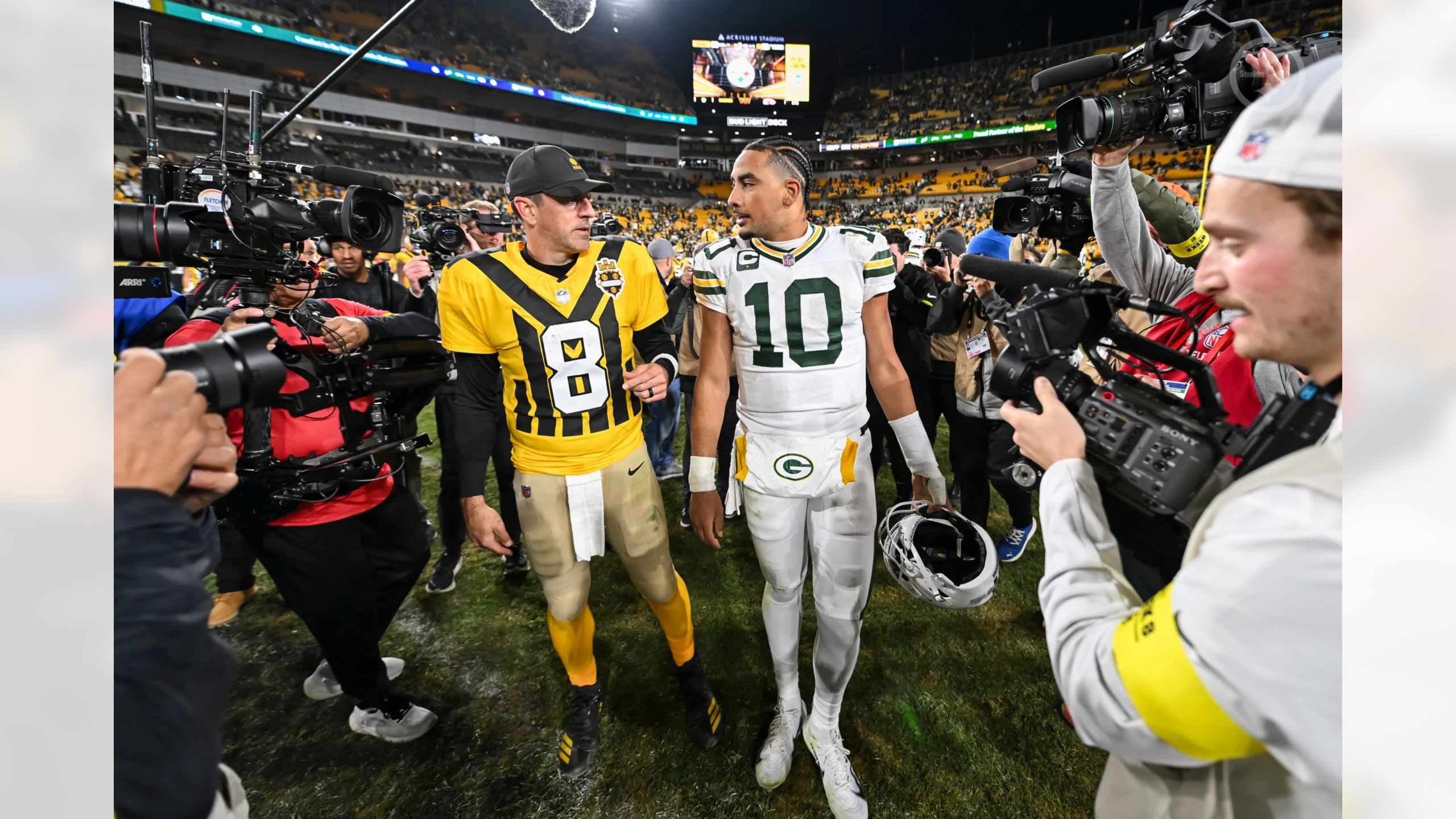The Pittsburgh Steelers’ 35-25 loss to the Green Bay Packers on Sunday night was more than just a disappointing result, it was a glaring indictment of a team that continues to underperform despite its immense financial investment in their defense. With the league’s highest-paid defensive
unit, costing nearly $163.3 million in 2025, the Steelers were expected to be a new version of the Steel Curtain. Instead, they were a revolving door in the second half, allowing Jordan Love and the Packers to score on five straight possessions and rack up 454 total yards.
Jordan Love, once a backup to Aaron Rodgers, looked every bit the franchise quarterback Green Bay hoped he’d become. He completed 29 of 37 passes for 360 yards and three touchdowns, including a streak of 20 consecutive completions that tied a Packers franchise record. His poise, accuracy, and command of the offense in the second half were a masterclass in quarterbacking.
Meanwhile, the Steelers’ defense, loaded with stars like T.J. Watt, Cameron Heyward, and Jalen Ramsey,couldn’t generate a turnover for the third straight game and failed to make a single impactful adjustment as the game slipped away.
This isn’t a one-off issue. The Steelers have shown a troubling inability to adapt when opponents figure them out. Whether it’s defensive schemes that remain static or offensive play-calling that lacks creativity, Pittsburgh’s coaching staff has been slow to evolve. Despite offseason promises of change, head coach Mike Tomlin and defensive coordinator Teryl Austin remain entrenched, and reports suggest no major shakeups are planned.
Even when coaching changes do occur, they often feel cosmetic,like swapping out position coaches while leaving the core philosophies untouched.
The lack of defensive flexibility was especially evident in how the Steelers handled Love’s rhythm passing and the Packers’ use of tight end Tucker Kraft, who torched Pittsburgh for 143 yards and two touchdowns. The Steelers’ secondary, riddled with injuries and miscommunications, had no answer. And while the pass rush occasionally got to Love, it wasn’t nearly enough to disrupt his timing or confidence. For a defense that boasts some of the highest-paid edge rushers in the league, the inability to consistently pressure the quarterback is baffling.
Offensively, the Steelers weren’t much better. Aaron Rodgers, facing his former team for the first time, had moments of brilliance but ultimately couldn’t keep pace. The Steelers were just 1-of-10 on third down, and their drives repeatedly stalled once they crossed midfield. Chris Boswell’s four field goals kept them in the game early, but field goals don’t win shootouts, touchdowns do. And when the Packers adjusted, the Steelers didn’t.
One of the few bright spots in the loss was the emergence of second-year wide receiver Roman Wilson out of Michigan. Wilson caught four passes for 74 yards, including a late 21-yard touchdown reception from Rodgers that showcased his speed and route-running precision. While the score came too late to change the outcome, it was a glimpse of what Wilson could become, a reliable weapon in a receiving corps that has lacked depth all season. If the Steelers are serious about turning things around, developing young talent like Wilson should be a priority moving forward.
Looking ahead, the Steelers will try to regroup quickly as they prepare to host the Indianapolis Colts next Sunday, November 2nd, at Acrisure Stadium. The Colts, currently having the best record in the AFC, come into the matchup with a 7-1 record and a high-powered offense led by quarterback Daniel Jones and an MVP type season from running back Jonathan Taylor.
For Pittsburgh, this game represents a critical opportunity to stop the bleeding and prove they can compete with playoff-caliber teams. With the season nearing its midpoint, a third straight loss could push the Steelers down the AFC North standings and raise even more questions about the direction of the franchise.
(photo courtesy of Steelers.com)

